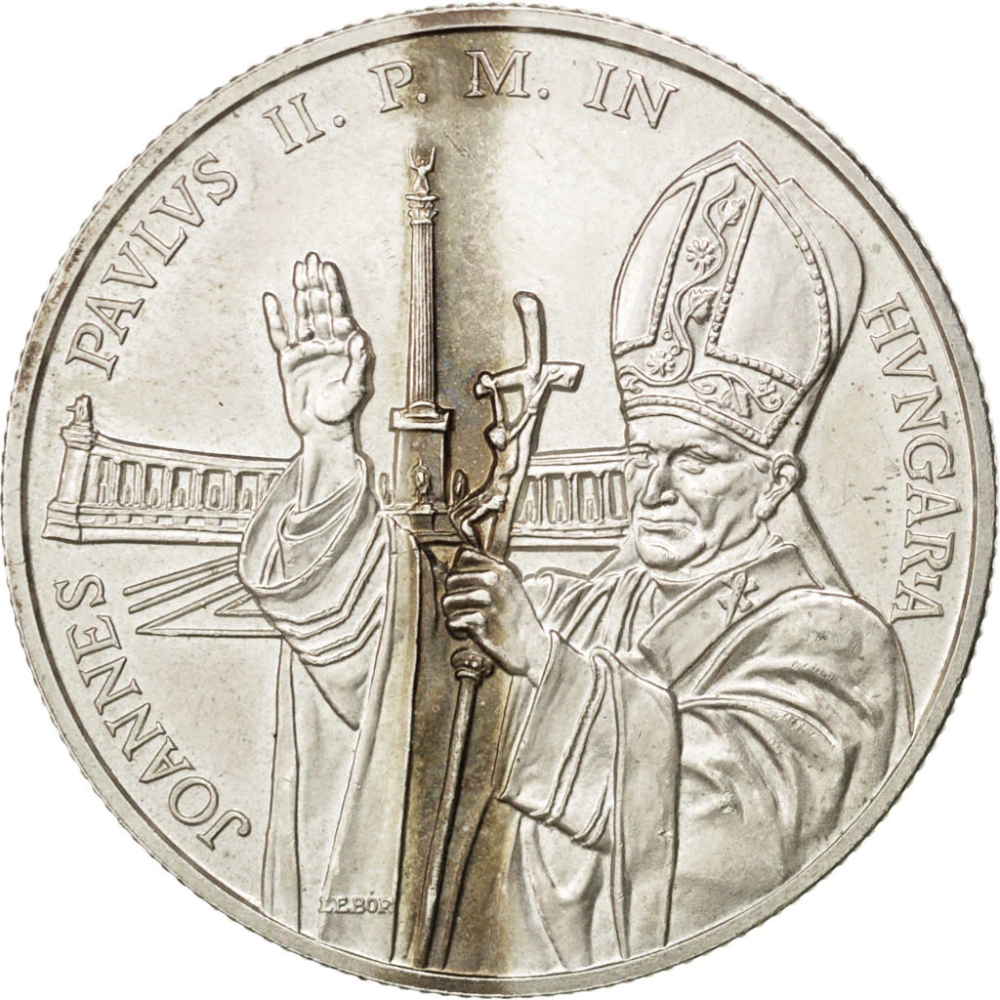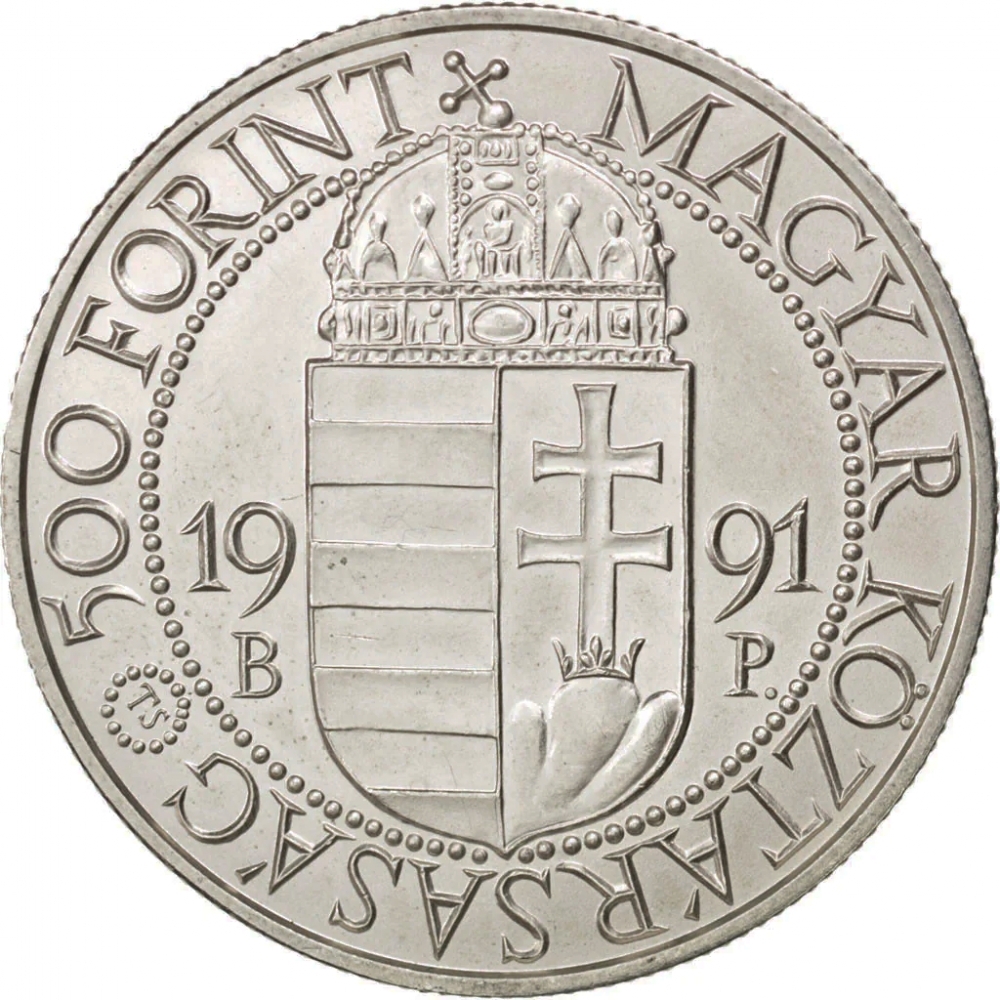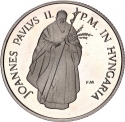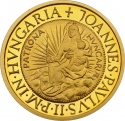You are about to finish your registration. Please check your mailbox (including spam folder). There should be a letter with a confirmation link. Check setting to make sure that your e-mail address is correct.
Send letter againDescription
Pope Saint John Paul II, born Karol Józef Wojtyła (1920–2005), served as Pope from 1978 to 2005. He was one of the most travelled world leaders in history, visiting 129 countries during his pontificate. As part of his special emphasis on the universal call to holiness, he beatified 1,340 people and canonised 483 saints, more than the combined tally of his predecessors during the preceding five centuries. He was the second longest-serving pope in modern history after Pope Pius IX, who served for nearly 32 years.
St. John Paul II made a historic visit to Hungary in September 1991, marking the first papal visit since 1971. During his trip, he met with Hungarian leaders, held mass for thousands, and emphasized themes of freedom and human rights. His visit symbolized hope during Hungary's transition from communism to democracy, leaving a lasting impact on the country's people.
Obverse

|
Depicts the Pope in pontifical vestments, holding a papal ferula in his left hand while raising his right hand in blessing, with the Millennium Monument on the background, surrounded by the inscription "John Paul II in Hungary", the engraver's name below. JOANNES PAVLVS II. P. M. IN HVNGARIA |
|---|---|
Reverse

|
Depicts the Hungarian coat of arms, surrounded by a pearled circle and dividing the issue year and the mintmark (BP). Around the circle, the country name (Hungarian Republic) and denomination. The engraver's initials in a small pearl circle. 500 FORINT MAGYAR KÖZTÁRSASÁG |
| Edge |





